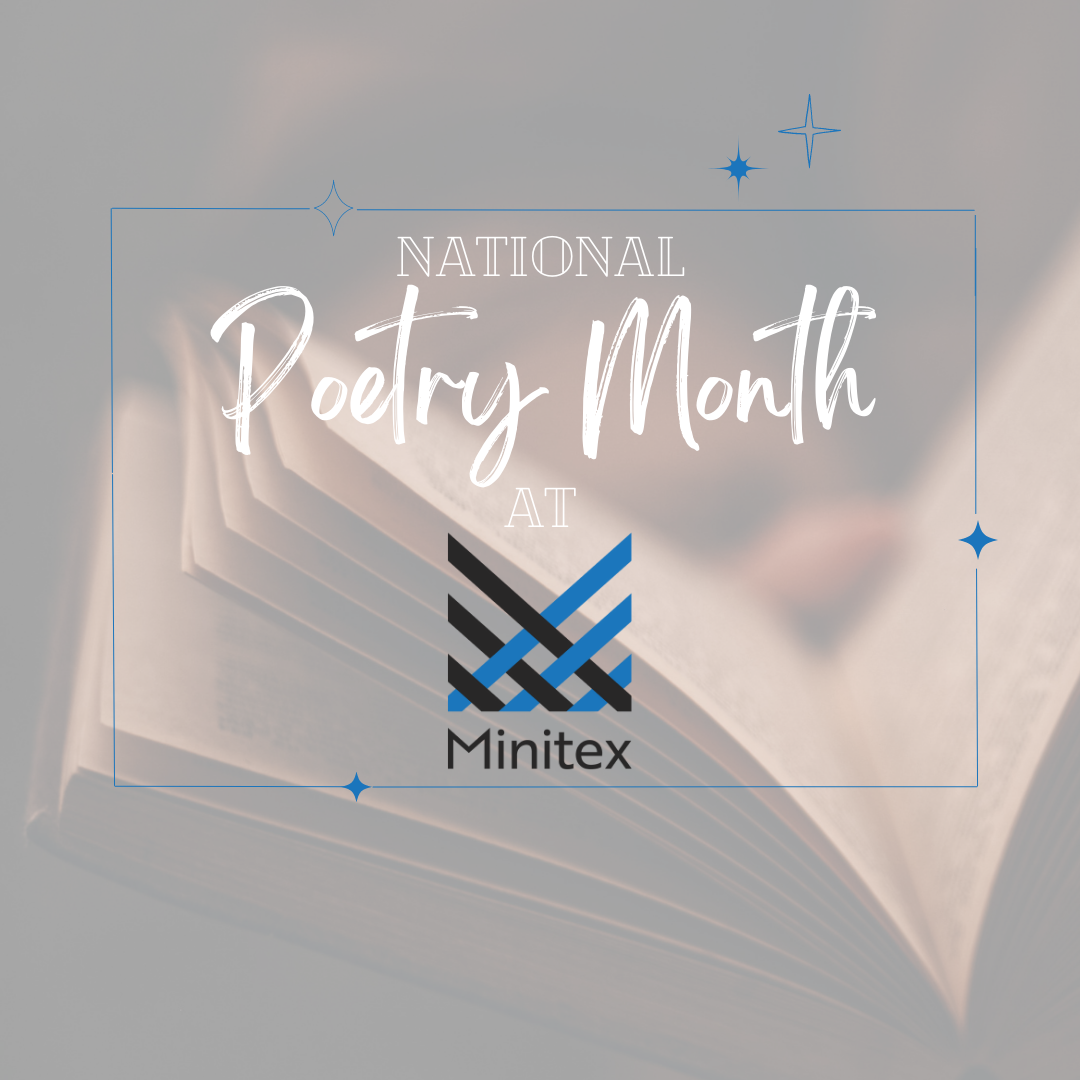Quick Summary
Cinco de Mayo is a popular holiday that celebrates Mexican heritage and culture, and promotes advocacy for equality. Learn more about its history and cultural significance using resources found on eLibrary Minnesota!

“Cinco de Mayo celebrates Mexico’s independence day.” If you believe that, please keep reading.
Cinco de Mayo, which directly translates to “The Fifth of May,” actually celebrates the victory of the small Mexican town of Puebla against an invading French army on, you guessed it, May 5, 1862. The battle took place in Mexico, but celebrations of this day have become increasingly popular in the United States. There are even celebrations all over Minnesota. To learn more about the history and cultural significance of this day, we can use resources found in eLibrary Minnesota.
May 5, 1862, marked a significant victory for Mexico with ramifications for other conflicts taking place in North America in the following years. French forces led by Napoleon III arrived in Mexico seeking to establish French rule in Mexico. They sought payment of debts, as well as to help the Confederacy against the Union during the American Civil War. Despite French advances, General Ignacio Zaragoza and the people of Puebla were able to force the better-equipped and trained French forces into retreat. This was due to the townspeople using their understanding of their environment to their advantage, despite being outnumbered. Learn more about the history of this conflict and kickstart your research by reading the entry in Britannica Academic.
In Mexico, Cinco de Mayo is mostly recognized in Puebla, where it took place, but the holiday is celebrated by Mexican-American communities all over the United States, and recognized by the federal government. This is because of the celebration’s roots in the United States, as well as its cultural significance. The first celebrations took place in California, when Mexican communities heard of the victory over the French. A resurgence of activity, in the 1960s, coincided with the development of the Mexican-American/Chicano movement. To the movement and its activists, Cinco de Mayo became a symbol of pride and resistance, not only to colonialism, but to the discrimination they were experiencing. As a result of its increasing popularity, Cinco de Mayo has become commercialized, leading to misconceptions and the increased use of stereotypes. Despite this, Cinco de Mayo has become a mainstay in many communities, where it is used to celebrate culture, promote unity, and continue to advocate for equality and an end to discrimination.
Minnesotans can use eLibrary Minnesota to further explore the cultural significance of Cinco de Mayo through articles such as “Cinco de Mayo” and “There's more to Cinco de Mayo than you might think,” both available on Gale in Context, or “America's Growing Observance of Cinco de Mayo” accessible on Academic Search Premier.
Every Cinco de Mayo, Minneapolis hosts a celebration on Lake Street, consisting of cultural displays, traditional food, and entertainment. Everyone is welcome. But as we celebrate, it is important to do so respectfully by keeping in mind the importance of Cinco de Mayo, both historically and culturally. I hope you’ll join me on Lake Street for this year’s celebration!




